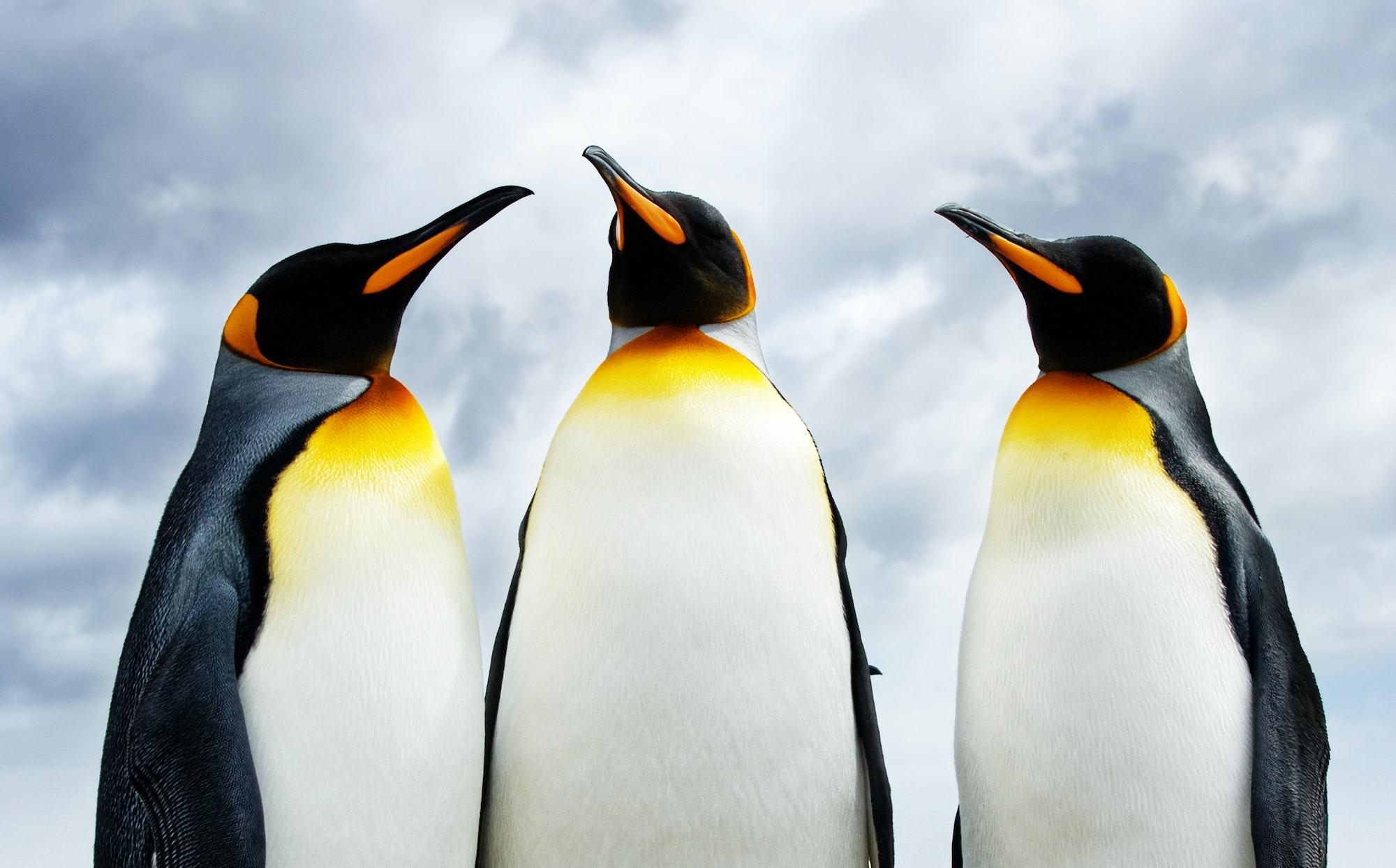Antarctica is the most remote, mysterious, and largest continent on the planet. Shrouded in icy glaciers, untouched by human development, it is one of the last pristine places on Earth. But beneath its wild beauty and incredible vistas, lies an unforgiving environment where nature is both a blessing and a curse. In this blog series, we will explore the beauty, peril, and unknowns of Antarctica’s wilderness, from the largest animals to the most fragile ecosystems. Join us as we discover the south pole and all it has to offer.
Endangered Wildlife:
The icy waters of Antarctica are home to a variety of wildlife, from seals and whales to penguins and seabirds. But despite their cute and cuddly appearance, life in Antarctica can be perilous for these animals. One of the biggest threats to Antarctica’s wildlife is climate change. The continent is experiencing some of the most dramatic impacts of climate change of any region in the world, with rising temperatures and melting ice. These changes are having a major impact on Antarctica’s ecosystems and the animals that call the continent home.
For example, Leopard seals are predators found throughout the Southern Ocean, including in Antarctica. These animals are at risk due to the impacts of climate change on their habitat. As the climate warms and the ice melts, the leopard seal’s prey, such as krill and fish, are struggling to survive. This, in turn, is making it harder for the leopard seal to find enough food to eat, which is putting them at risk.
In addition to the impacts of climate change, leopard seals are also at risk from other threats. For example, pollution from human activity, such as shipping and tourism, can harm leopard seals and their habitat. Overfishing in the Southern Ocean is also a concern, as it can reduce the availability of food for leopard seals.
Overall, leopard seals are facing a number of challenges in Antarctica, and are at risk of extinction if these threats are not addressed. It is important to take action to protect these animals and their habitat, in order to ensure their survival in the future.
East and West Antarctica:
East Antarctica, which is the larger of the two regions, has seen relatively little warming compared to other parts of the world. However, there are some indications that the East Antarctic Ice Sheet is losing mass, largely due to the melting of its outlet glaciers. This is having an impact on the animals that live in East Antarctica, such as the Weddell seal. Weddell seals are found throughout the Southern Ocean, but they are particularly common in East Antarctica. They rely on the sea ice for breeding and feeding, and the loss of ice is making it harder for them to find enough food to survive.
West Antarctica, on the other hand, has experienced more dramatic warming and has lost a significant amount of ice in recent years. The West Antarctic Ice Sheet is losing mass due to the melting of its floating ice shelves, which are being eroded by warmer ocean waters. This is having a major impact on the animals that live in West Antarctica, including the Adélie penguin. Adélie penguins are small, flightless birds that are found throughout the Southern Ocean, but they are particularly common in West Antarctica. They rely on the sea ice for breeding and feeding, and the loss of ice is making it harder for them to find enough food to survive.
In addition to the impacts of climate change, Antarctica’s wildlife also faces other challenges. Pollution from human activity, such as shipping and tourism, is a concern, as is overfishing in the Southern Ocean. These threats are making it harder for Antarctica’s animals to thrive and survive. Despite these challenges, Antarctica’s wildlife remains a source of fascination and wonder for people around the world. From the adorable Adélie penguin to the fierce leopard seal, these animals are a testament to the resilience and adaptability of life in the face of harsh conditions and rising sea levels.
Ross Island:
One place in Antarctica where you can see a variety of wildlife is Ross Island. Located off the coast of the continent, Ross Island is home to a number of research stations, as well as a variety of wildlife. You can see seals, penguins, and seabirds on the island, as well as learn about the history of Antarctica and the research that is being conducted there. Ross Island is not the only place in Antarctica where you can find incredible wildlife. As you venture further into the wilderness, you can discover unique species such as the Emperor penguin, Weddell seal, and Snow petrel, among others. While venturing out of the research stations and onto the sea ice can be a dangerous endeavor, it provides a unique opportunity to experience the immense beauty of Antarctic wildlife in its natural habitat. While it is important to take care when dealing with wildlife, observing them in their natural habitat can provide invaluable knowledge about the ways that animals adapt to a changing environment.
These animals are adapted to the unique and harsh conditions of the region and are able to survive and thrive in one of the coldest and most isolated places on Earth. From the Adélie penguins of the Antarctic Peninsula to the Weddell seals of the Antarctic Circle, the wildlife of Antarctica is a source of fascination and wonder for people around the world. So the next time you visit the continent, be sure to take a moment to appreciate the amazing animals that call this frozen land home. If you’re ready to explore, contact us and start planning your trip today.

